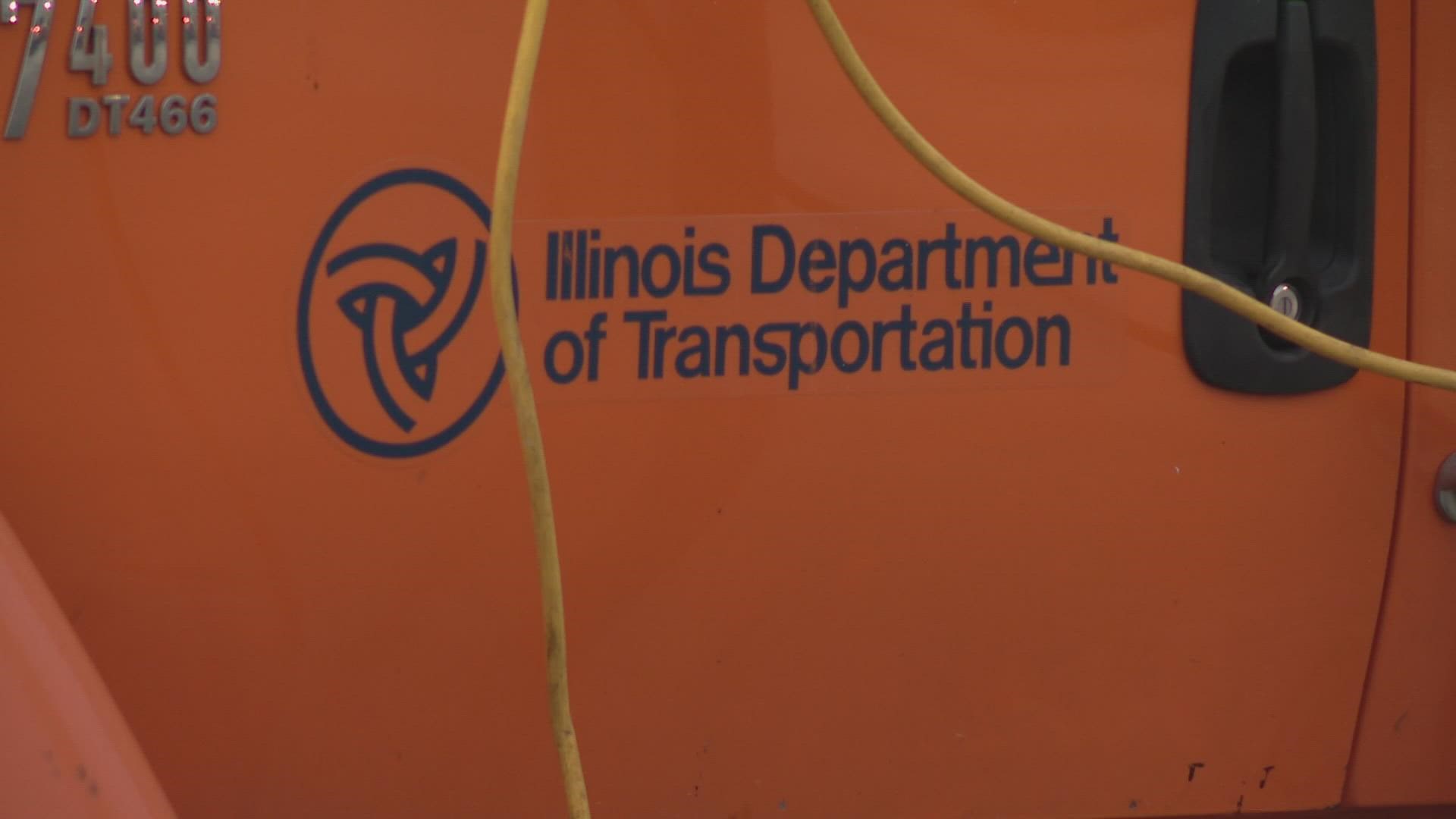ST. LOUIS — As winter weather heads for the St. Louis region, AAA Missouri is reminding drivers to stay safe while traveling in those conditions.
AAA says drivers should stay off the roads unless traveling is necessary. Drivers should check the weather forecast prior to long trips and before driving in rural areas. Drivers should also let others know where they are going and what route they are taking before they leave.
AAA provided the following tips to keep in mind while traveling this winter.
On the road
- Make sure your headlights are on. It is a good idea to turn on your headlights any time you drive because you will increase your visibility in any condition.
- Reduce your speed and leave plenty of room to stop. You should allow at least three times more space than usual between you and the vehicle in front of you.
- Brake gently to avoid skidding.
- Do not use cruise control on any wet, snow-covered or icy roads.
- Be aware of possible icy roads. Be especially careful on bridges and overpasses, which freeze sooner than roads. And even at temperatures above freezing, if conditions are wet, you might encounter ice in shady areas or on exposed roadways like bridges.
- Be careful on infrequently traveled roads, which may not be cleared as often as other roads.
Leaving the roadway
- If you must pull off the road, wait for conditions to improve and pull off the road as far as you can, preferably past the end of a guardrail.
- It is best to pull into a rest area or parking lot, rather than on the road’s shoulder.
For tips on how to get your car ready for winter weather, click here.
Know when to brake and when to steer
- Some driving situations require abrupt action to avoid a crash or collision and in winter conditions the decision to steer or brake can have very different outcomes. When traveling more than 25 mph, AAA Missouri recommends steering over braking to avoid a collision in winter-like conditions, as less distance is required to steer around an object than to brake to a stop. In slick conditions, sudden braking can lead to loss of vehicle control.
- However, sometimes steering is not an option. Braking on slippery surfaces requires you to look further ahead and increase following and stopping distances. Plan stopping distances as early as possible and always look 20-30 seconds ahead of your vehicle to ensure you have time and space to stop safely.
Stay in control through a skid
- Even careful and experienced drivers can skid on slippery surfaces. When a vehicle begins to skid, it’s important not to panic and follow these basic steps:
- Continue to look and steer in the direction you want the car to go.
- Avoid slamming on the brakes as this will further upset the vehicle’s balance and make it harder to control.
Winter weather kit checklist
- Traction aids (sand, salt, non-clumping cat litter or traction mats)
- Shovel
- Ice scraper
- Snow brush
- Jumper cables or jump pack
- Flashlight with extra batteries
- Basic toolkit (screwdrivers, pliers, adjustable wrench, duct tape, plastic zip ties)
- Tarp, raincoat and gloves to help stay clean/dry if you must get out of the vehicle
- Rags, paper towels or pre-moistened wipes
- Warning devices (flares, reflective triangles or LED beacons)
- First-aid kit (check expiration date)
- Drinking water
- Snacks/food for your passengers and any pets
- Winter windshield washer solvent
- Warm gloves, clothes, hats and blankets for all passengers in your car
- Car charger for mobile phone
Other tips
- Be aware of downed power lines after an ice storm. Never approach or drive over a downed power line.
- Never warm up a vehicle in an enclosed area, like a garage. Modern vehicles don’t require idle time prior to driving.
- Clean all snow and ice off your vehicle to reduce hazards for other cars on the road.
- Make sure the exhaust pipe isn’t clogged with snow, ice or mud. A blocked exhaust pipe could cause carbon monoxide to leak into the passenger compartment with the engine running.
- Never leave your vehicle unattended while it’s running
- Keep your gas tank at least half full to avoid gas line freeze-up.
For tips on how to prepare your home for bitter cold temps, click here.

